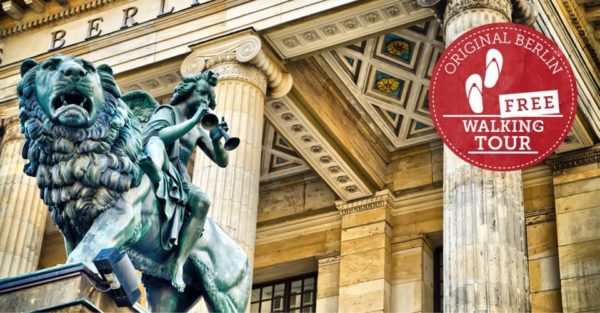The Origin of the Berlin Wall
In the aftermath of World War II, Germany was split into four zones, each controlled by the Allies: the four major powers of the world that include the United States, the Soviet Union, Great Britain and France. To be exact, the Cold war between the Soviet Union and the West up to the division of Germany into East and West in 1949. Check point areas between East and west Germany got more barricaded and in 1961 the building of the Berlin wall started.
Berlin Wall Construction and Intention
East German government began constructing what became called the Berlin Wall on August 13, 1961. The [putthis wall] was first and foremost to stop East Germans from crossing over into West Germany in order to find better jobs and personal freedom.
The Wall was approximately 3.6 meters tall and stretched for 155 km (96 miles) around West Berlin – to enclose it from the East Berlin and the rest of the East Germany. It had watchtowers, dogs, barbs wires fencing, and nascent trench referred as the death strip – a place where numerous attempting to escape the wall lost their lives.
The Inner and Outer Wall
The known Berlin Wall actually comprised two walls with a strip of land called “death strip” in between. But it was the inner wall, called the “Hinterland Wall,” which divided East and West Berlin. The outer wall, called Grenzmauer 75, made yet another external ring, thus making it almost impossible for individuals to attempt their escape.
Between these two walls, there were limiting security features such as an anti-vehicle trench, tripwires, and other structures which do not allow any vehicle to ram through.
The Fall of the Berlin Wall
The Berlin Wall has been existed for 28 years; it was the wall both literal and figurative dividing between the East and the West. Nevertheless, the political and economical transformations were going on the Soviet Union and its allied countries during the late 1980s. Europe was changing and the winds of freedom, the winds that tore down structures and barriers were beginning.
Finally on November 9, 1989, the authorities were overwhelmed by thousands of East Berliners that sought freedom. It was a pure accident that Günter Schabowski, a member of the ruling East German Communist party announced on live Romanian TV that people from East Germany can cross over the border to the west freely the moment he made the announcement. He had no idea that he was setting the tone for the circumstances that were to precipitate the fall of the Berlin Wall.
Many people congregated at the gates of the checkpoints and the border guards who could not comprehend the situation decided to open the gates. Embraces and euphoric celebrations of East and West Germans signified reunification after a physically and metaphorically high enforced barrier that revolved families and friends’ unity for thirty years.
Reading: The Berlin Wall Duration
The walls that divided east and west Berlin were further up as the Iron Curtain for an aggregate of twenty eight years. By 1961 the construction began on the 13th of August, and by the 9th of November 1989 the fence came down. In course of its operation, 140 people died while trying to cross the wall from east to west Berlin in search of freedom and better living standards.
The Berlin Wall collapse provided more than mere family and friends’ reunions, a divided city, sexual liberation and the eventual demolition of the wall marked the end of Cold War, victory of freedom over tyranny.
The Legacy of the Berlin Wall
Despite the wall being demolished; its effects can still be seen today. Sep 5, 2014 The Berlin Wall helps people remember that the world is still fighting for freedom and especially that division leads to severe consequences. Today remnants of the wall are displayed in different parts of the earth and as such becomes a symbol of the yester- years and a Sind that should make people embrace unity and understand each other more.
Now Berlin is a lively and single city which can illuminate the spirit of people and their bravery. Galleries, mausoleums and landmarks which are associated with the history of the wall can be toured, this gives communities both tourist and residents an opportunity to learn and appreciate the folly of this episode in history and change for the better.
Conclusion
The Wall in Berlin that symbolized the cold war era for twenty-eight years was a representation of a society that did not spare its members simple rights. This fall of Berlin wall in 1989 became one of the important historical moments in the world as pedestrians meant victory of unity, freedom and human spirit.
While celebrating the years, which passed since the erection of the Berlin Wall, one should recall that the world as we know it was formed during the years when the Wall was present and during the period after its collapse. Such lesson from this chapter in history we should carry with ourselves as a reminder towards the acceptance of diversity and the cause to encourage tolerance and the desire to create a society where there are no limits in terms of physical and ideological barriers .
Table of Contents

